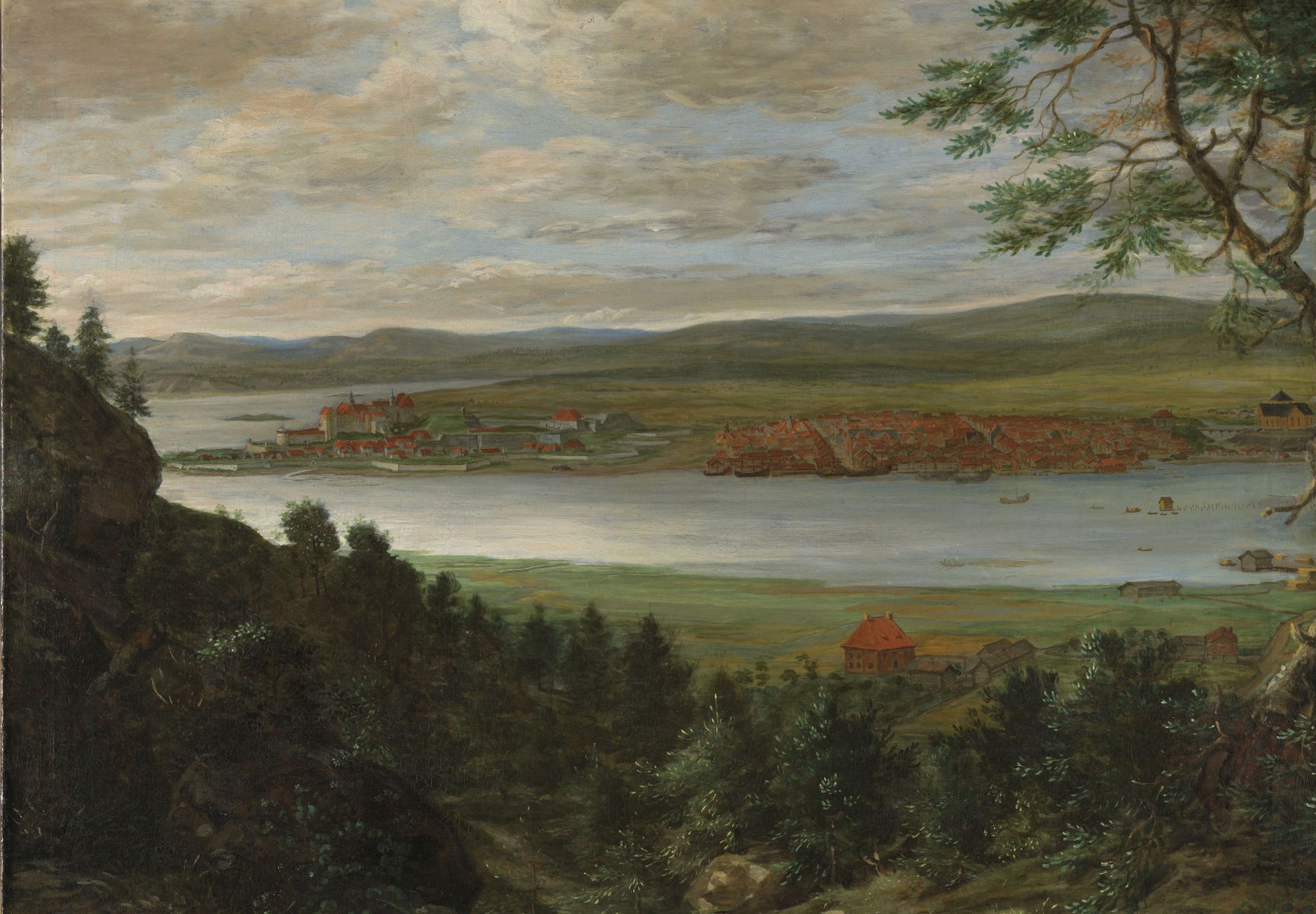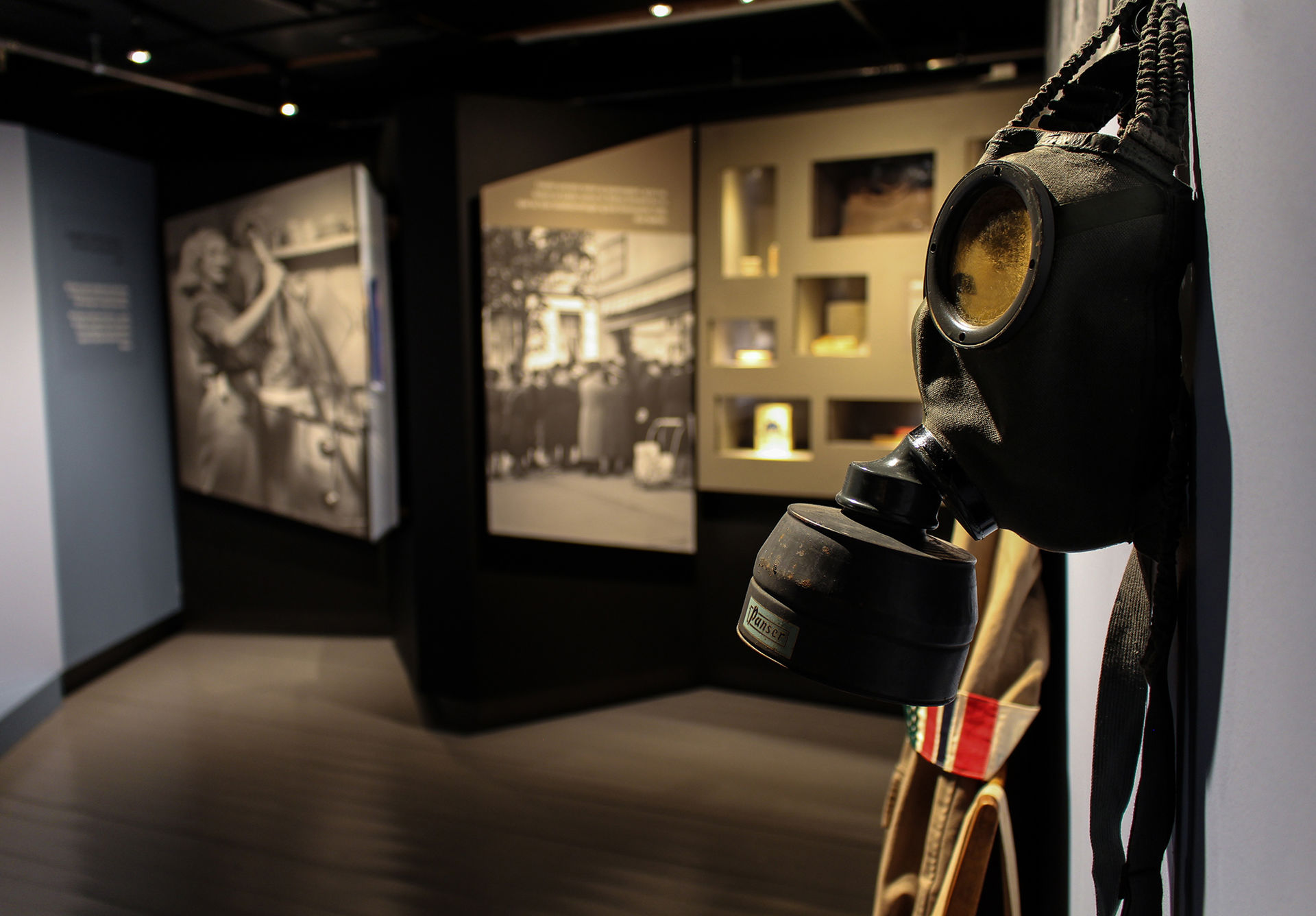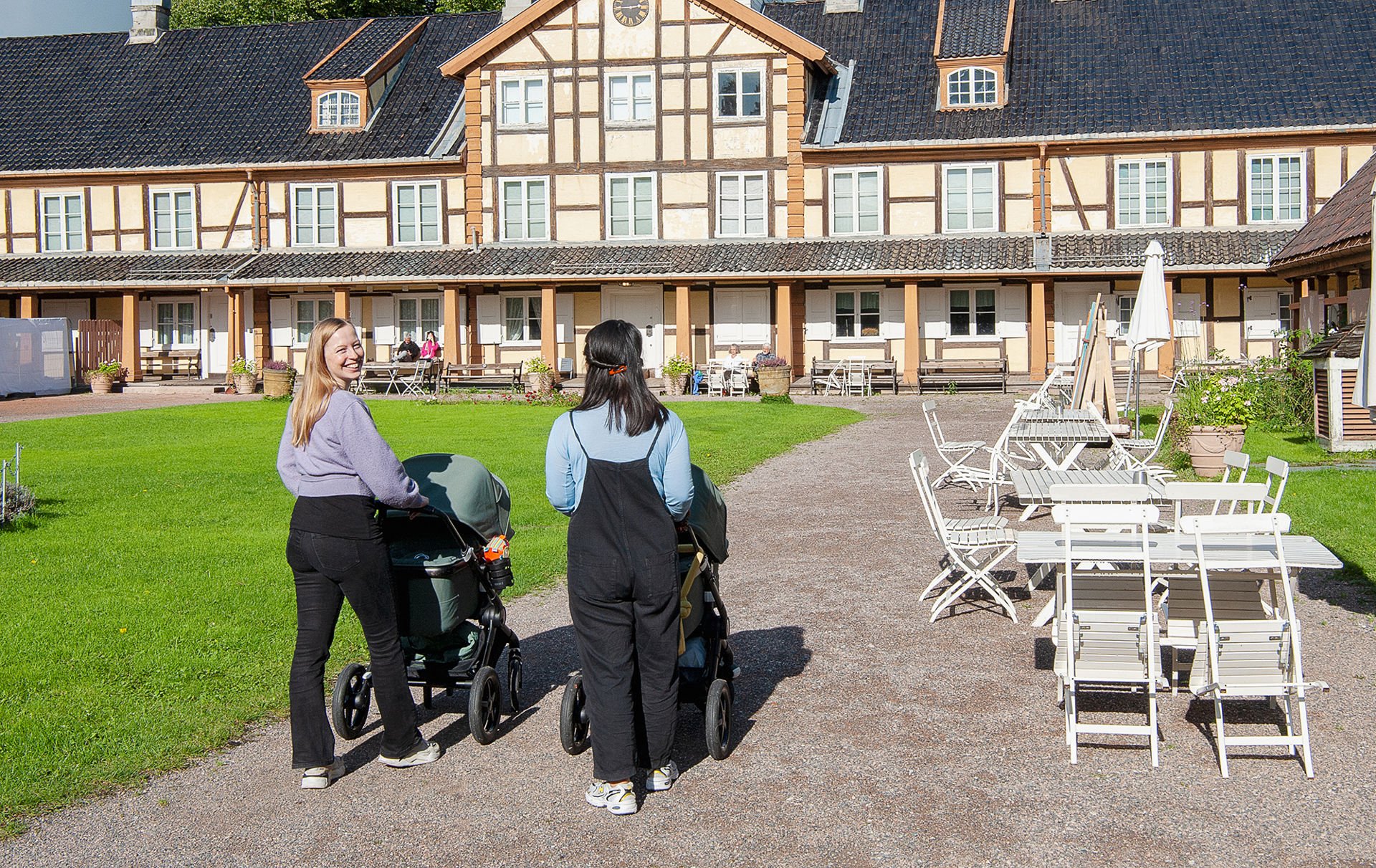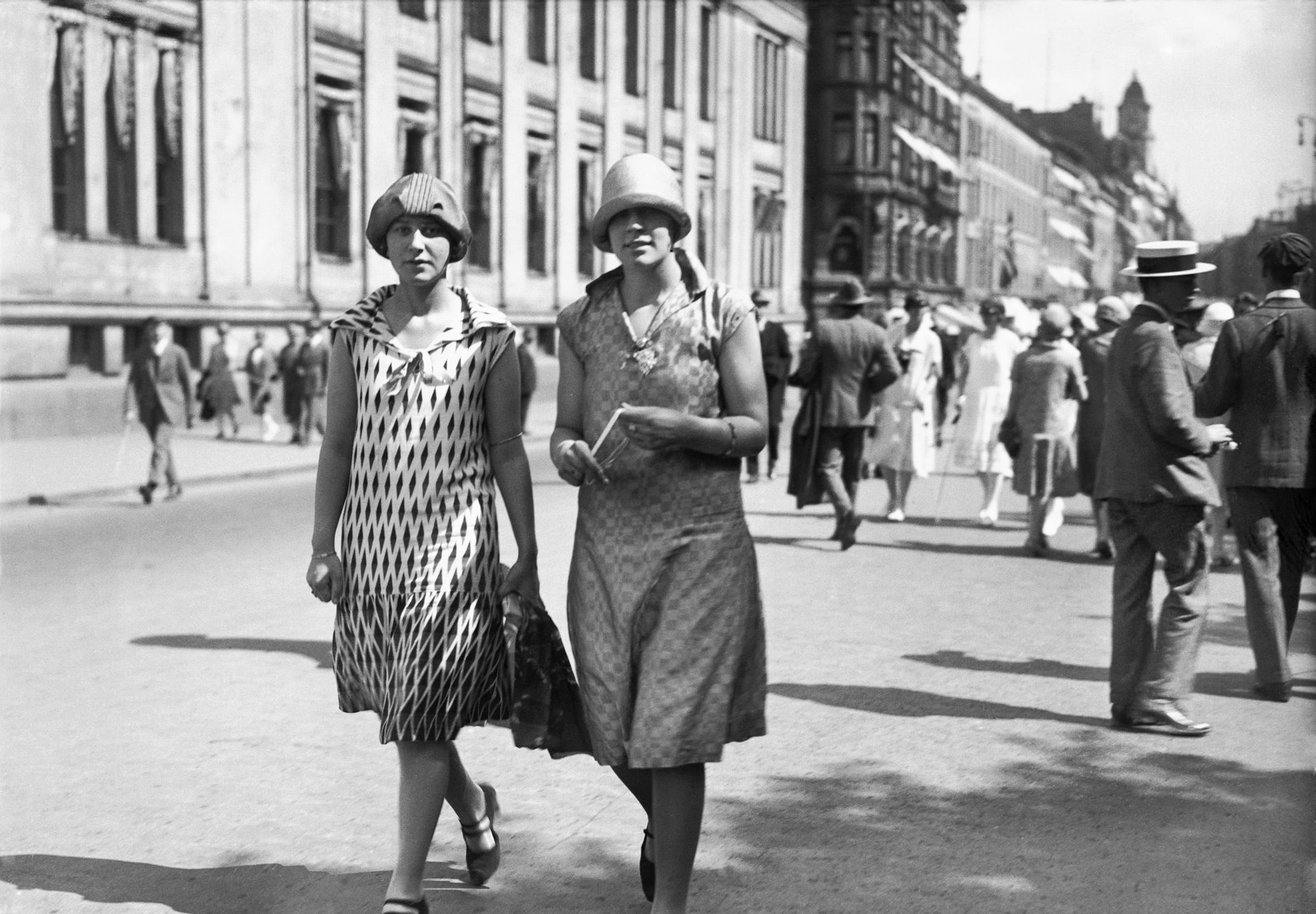
In August 1624, large parts of the old city of Oslo were reduced to ashes. Get to know the new city that emerged.

OSLO 1940–45: In your daily life, your possibilities and limitations are determined by who you are, the choices you make and the rules that apply in the community you are part of. But what happens when those rules change abruptly and unexpectedly?
Museum of Oslo, Halvdan Svartes gate 58
19 June 2020–through 2025
When the rules of the game change
On April 9th, 1940, German troops march into Oslo, escorted by mounted police. The event marks the beginning of five years characterized by major changes. Meanwhile, life must go on. Gerd is 26 years old, Eva is 13, Bjarne is 9, Synnøve is 7, Marianne is 6 and Turid is 3 years old. Their stories provide the basis for this exhibition. Several of the films, photos and objects have not previously been shown. Along with quotes from contemporary witnesses, they let us gain insight into a wartime everyday life characterized by great challenges, but also by creativity and courage.
The stories about Oslo during World War II are many and complex, and our exhibition focuses on the daily experiences of home, work, school, and leisure time. On the way, we highlight some choices or dilemmas facing young and old city dwellers, which we invite the audience to consider.
Photo: Rigmor Dahl Delphin / Oslo Museum







Tuesday and Wednesday: 11am–4pm
Thursday: 11am–6pm
Friday, Saturday and Sunday: 11am–4pm
Adults: NOK 120,-
Students: NOK 60,-
Children and youth (under 26): Free admission
Free admission for everyone on the first Thursday of the month.
Tickets include entrance to the Museum of Oslo and the Theatre Museum.
Address: Halvdan Svartes gate 58, 0266 Oslo
Take tram 12 or bus 20 to Frogner plass, or all subway lines to Majorstuen

The Museum of Oslo is beautifully located at Frogner Manor in the Frogner park, together with the Theatre Museum. Here, you can familiarize yourself with the history behind today’s diverse city. Experience a variation of exhibitions about Oslo’s history, urban development, the city’s inhabitants, and current issues facing the Oslo of today.
You can also visit our pleasant café and gift shop.

In August 1624, large parts of the old city of Oslo were reduced to ashes. Get to know the new city that emerged.

Who are we, the people who make up Oslo today? Meet some of the many people who have chosen to share parts of their lives.

Life in Oslo in the 1920s: technological innovation, jazz, dance, and women’s liberation – but also social inequality, poor housing conditions, and political strife.